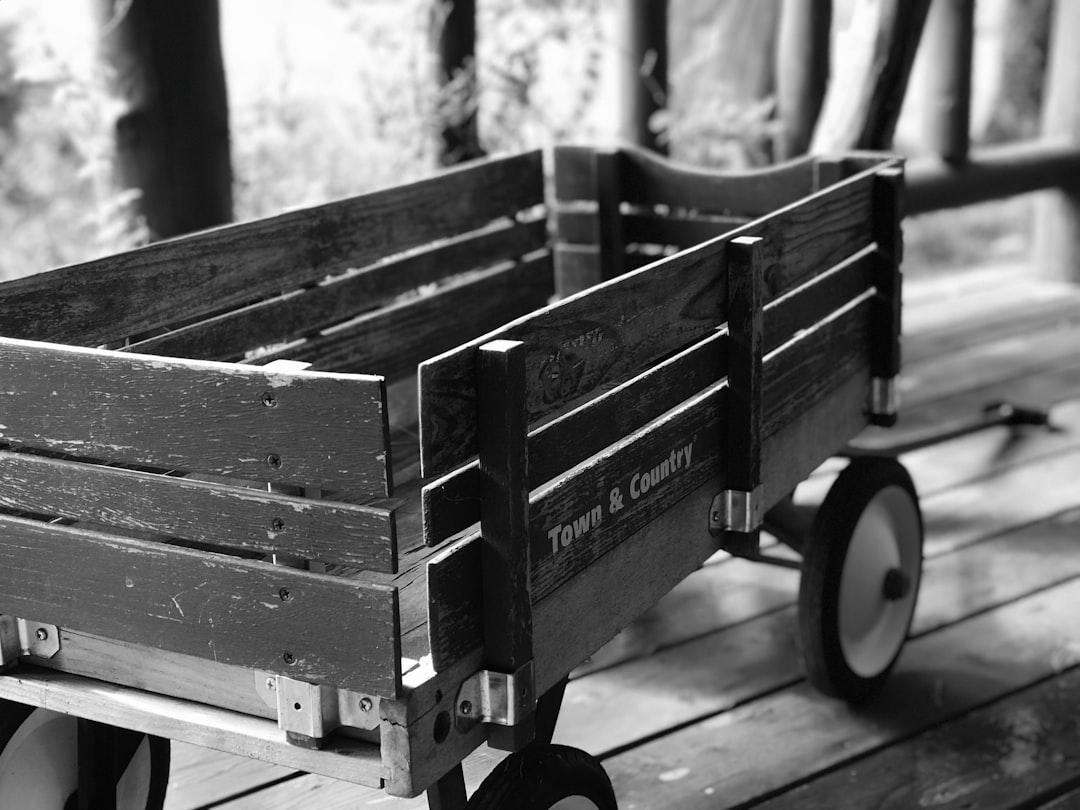What is it about?
Nipple-sparing mastectomy is the latest advancement in the treatment of breast cancer and allows for mastectomy with complete preservation of the nipple. Safety with breast reconstruction after nipple-sparing mastectomy is still being established. Chemotherapy is known to affect wound healing, however it has not been examined to its impact on outcomes after nipple-sparing mastectomy, which we then examined. We found that neoadjuvant chemotherapy, or chemotherapy before nipple-sparing mastectomy, significantly increased complications compared to no chemotherapy or adjuvant chemotherapy, which is chemotherapy after nipple-sparing mastectomy. The most complications were seen in patients who had both neoadjuvant and adjuvant chemotherapy. Most importantly, however, overall rates of complications in nipple-sparing mastectomy in patients who receive chemotherapy were low, demonstrating safety with this procedure.
Featured Image
Why is it important?
This work is important because outcomes in patients undergoing nipple-sparing mastectomy, which is a new and innovative technique to treat breast cancer, continue to be established. It is imperative to define outcomes in specific patient populations as well as to identify risk factors for complications. This will help surgeons to select the appropriate patients to offer nipple-sparing mastectomy, ensuring optimal outcomes for all patients who need surgery for breast cancer.
Read the Original
This page is a summary of: The Effect of Neoadjuvant Chemotherapy Compared to Adjuvant Chemotherapy in Healing after Nipple-Sparing Mastectomy, Plastic & Reconstructive Surgery, January 2017, Wolters Kluwer Health,
DOI: 10.1097/prs.0000000000002841.
You can read the full text:
Contributors
The following have contributed to this page










